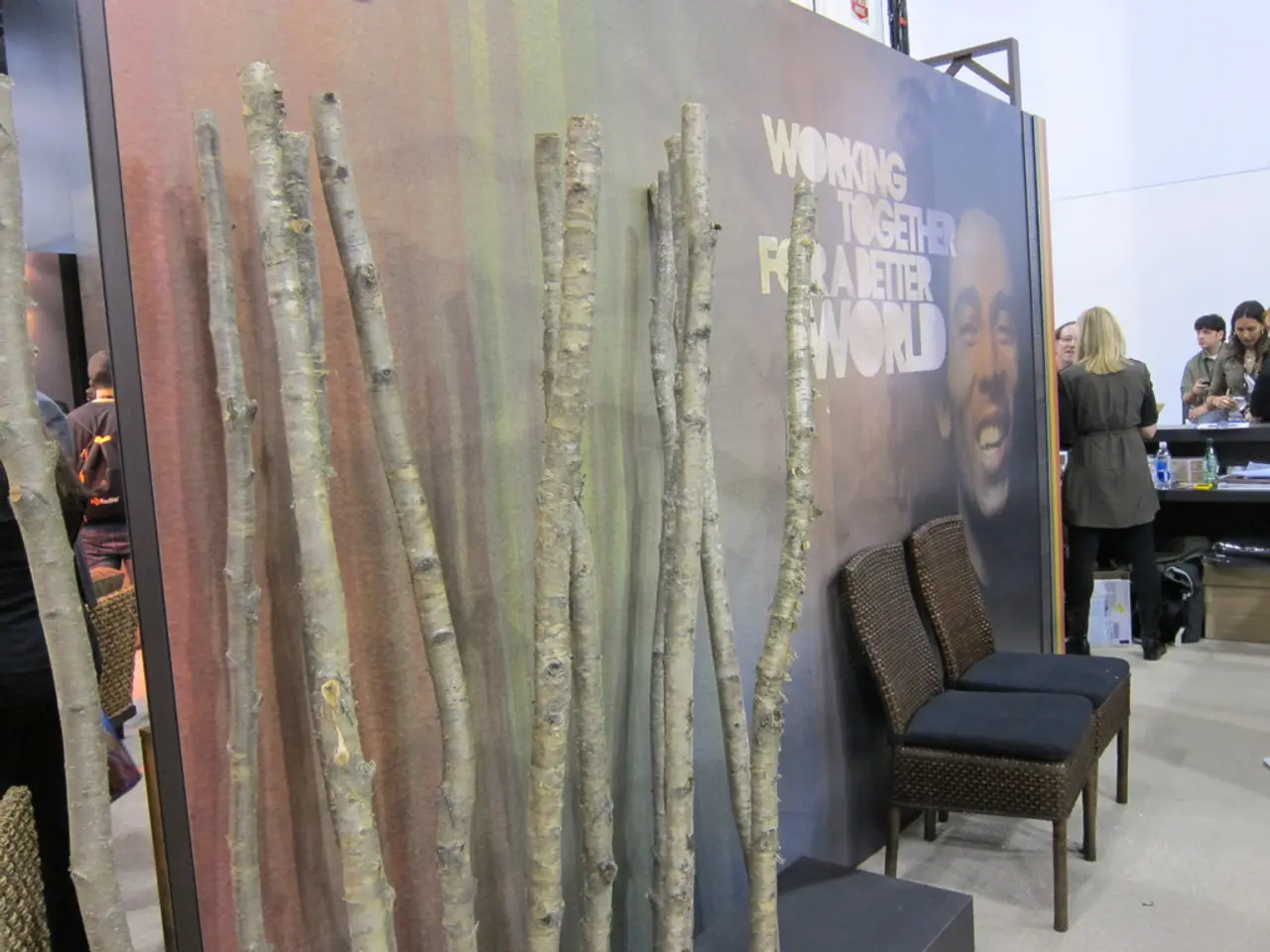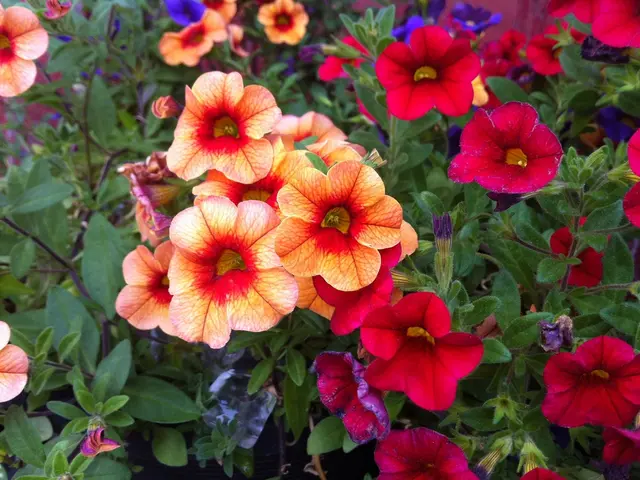Unusual yet Popular: Thailand's Odd Museum Experience
In the heart of Thailand, a unique museum is making waves among scholars and activists alike. The Museum of Popular History, founded in 2018, aims to record and preserve political actions and the struggles of the Thai people.
The museum's collection includes over 1,000 pieces from various times in Thai modern history. These range from the oldest piece, a pin from the Khanarassadorn government, distributed after the fight against the Boworadet Rebellion in 1933, to more recent additions like materials from a 28-day, 450-kilometer march that took place in 2018.
This march, led by Thai rights advocates, aimed to address community rights, universal health insurance, food security, and a better Constitution. One of the most significant artifacts from this march is a white cloth, filled with footprints from the marchers, laid on the ground in Khon Kaen on Feb. 16, 2018.
However, the location of the footprint cloth was unknown a week after the march, leading to the idea of establishing the Museum of Popular History. The museum's founder believes that "official" histories may remain focused on major players, but the story of a nation is never complete without the voices of its people.
Napassorn Boonree, a protester since the Black May events in 1992, donated her collected materials to the museum. Her donation includes pamphlets, stickers, and t-shirts, collected with the aim of spreading the protesters' message. Napassorn also purchased t-shirts at protest sites to support fellow protesters.
Another young woman donated a whistle and a free history book to the museum. She said the book presented a different perspective on Thailand's political history compared to what she learned from her textbooks.
The museum lacks expertise and equipment for preserving sensitive materials like newspapers, vinyl banners, or fabrics. However, the museum's workload includes collating and keeping these physical artifacts safe, and recording people's experiences for a storytelling component.
Materials from the Yellow Shirts have been smaller in number, but the museum has purchased them to ensure different sides are represented in the collection. The museum's hope is to inspire Civil Society Organisations (CSOs) worldwide to document their struggles not only in words but also in campaign and protest ephemera.
The museum has gained respect from scholars and activists, but maintenance of the collection and sustainability are challenges. Despite these challenges, the Museum of Popular History continues to grow, preserving the stories and struggles of the Thai people for future generations.
Another significant artifact is a propaganda bowl with an anti-Communist message, buried in a private property in Sakon Nakhon province for over 40 years. It is displayed each year to mark the anniversary of the Oct. 6, 1976 massacre. The museum's collection is a testament to the rich and complex history of Thailand, a history that is not just about major events, but also about the voices of the people.
Read also:
- Impact of Alcohol on the Human Body: Nine Aspects of Health Alteration Due to Alcohol Consumption
- Understanding the Concept of Obesity
- Tough choices on August 13, 2025 for those born under Aquarius? Consider the advantages and disadvantages to gain guidance
- Microbiome's Impact on Emotional States, Judgement, and Mental Health Conditions








